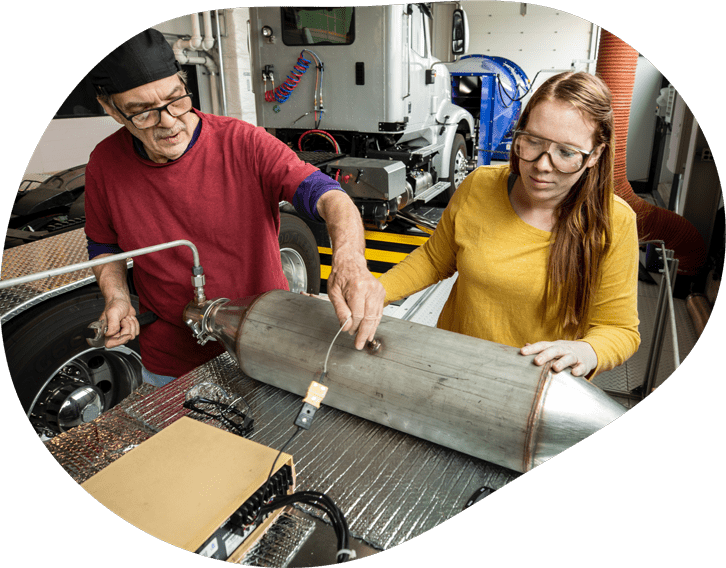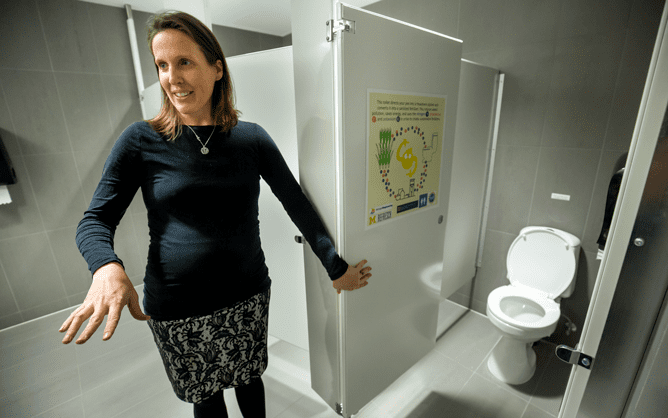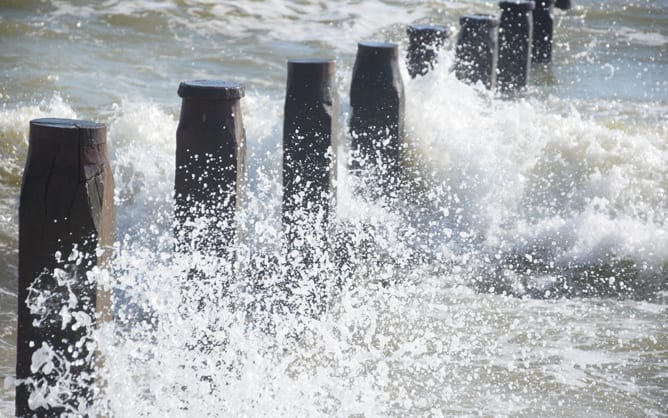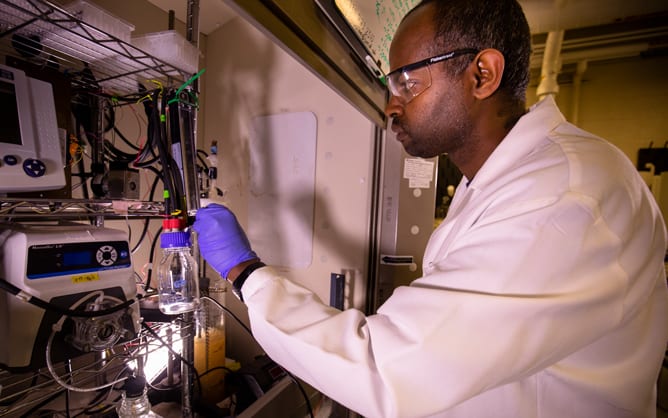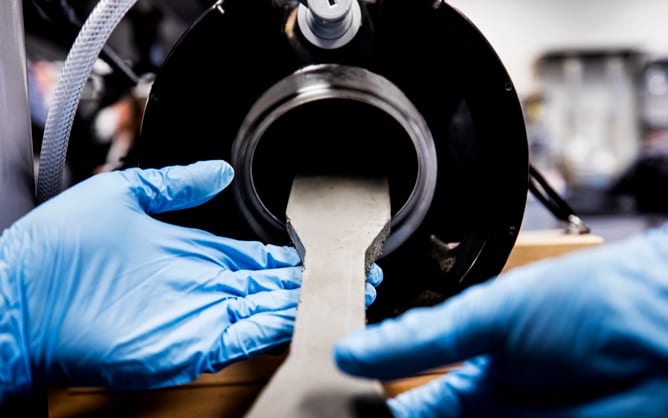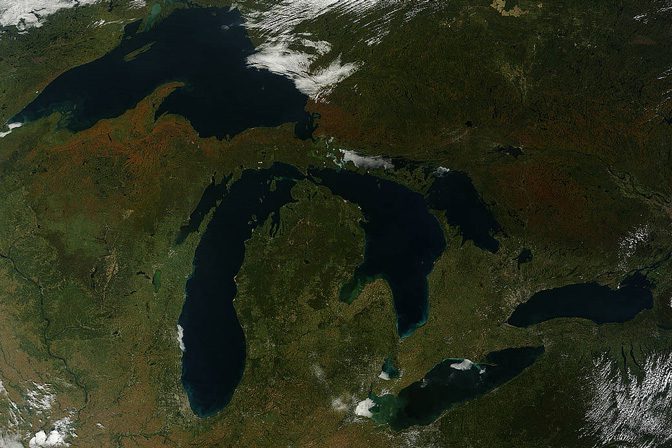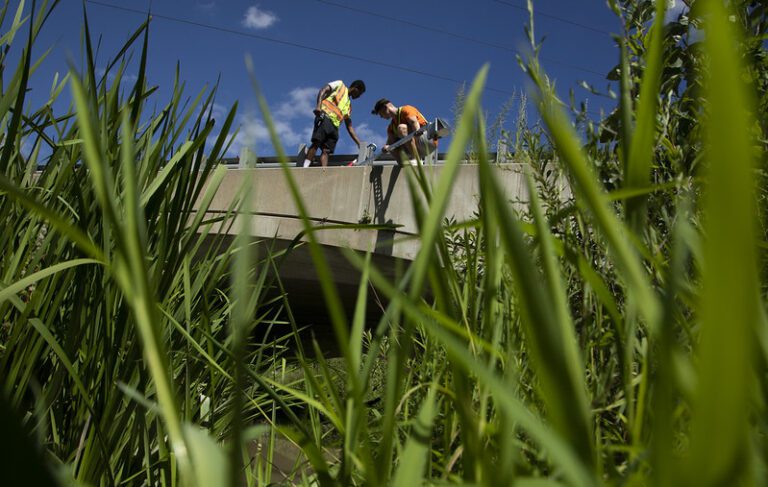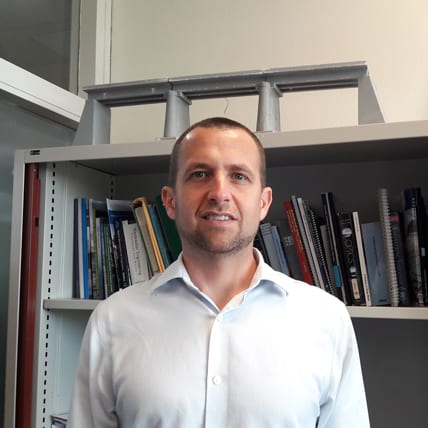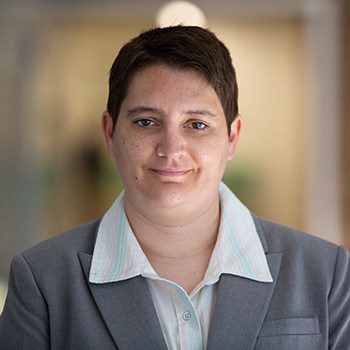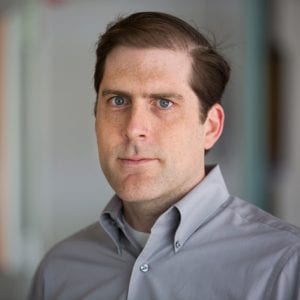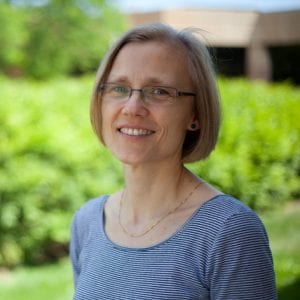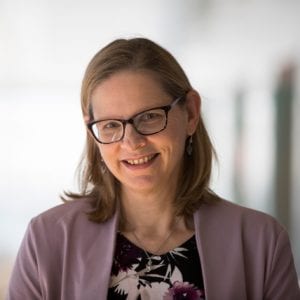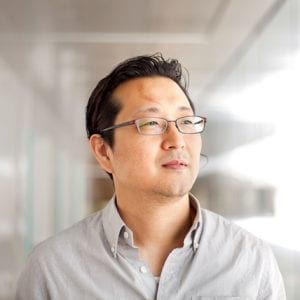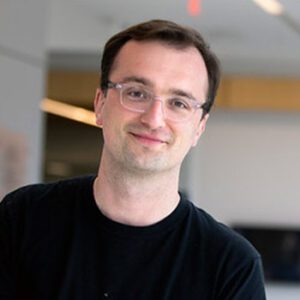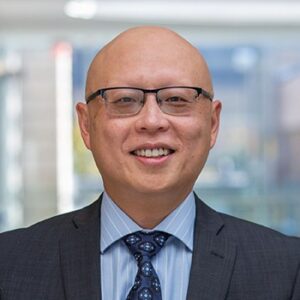Given the limited and uneven distribution of resources, we are re-envisioning resources management, built on a circularity mindset, systems thinking, and deeper engagement. Our plan is to implement cutting-edge scientific methods, craft novel business models, and create more equitable access to resources, thereby challenging the traditional ways of resource management. We are transitioning from a single-use mentality to a system-level, circular mindset. Leveraging co-design and community engagement, we aim to facilitate knowledge retransfer and promote conservation-oriented behaviors. By mapping and managing the interconnected dynamics of resource systems, we will shape resource flows toward holistic, system-level outcomes that optimize resource use. Materials once deemed waste can now be safely reclaimed and utilized by communities. We are shaping resource flows through initiatives like extracting rich nutrients from urine to produce fertilizers for agriculture and maximizing carbon sequestration in the cementitious material and product production phase. This circular approach to resource management will play a central role in educating the upcoming generation of civil and environmental engineers.
